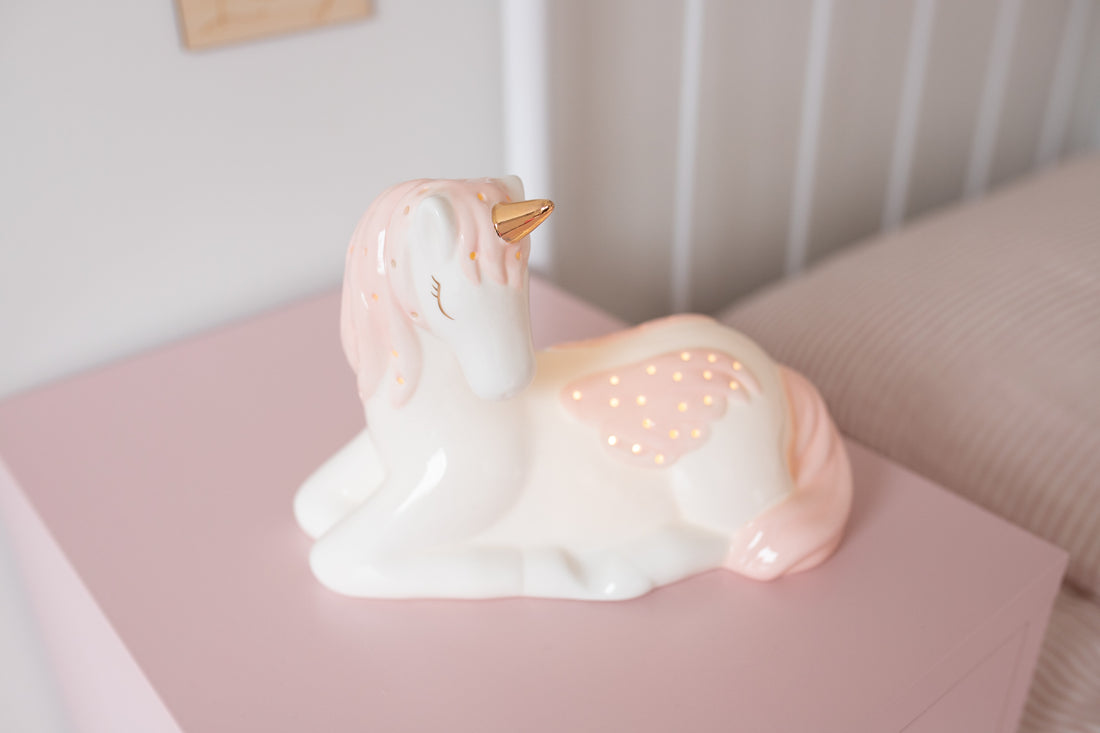
Common Sleep Issues in Toddler Years
Share
Toddler sleep issues
Toddler sleep problems are big kid versions of younger baby sleep troubles. Psychology plays a bigger role now: scared at night, not wanting to sleep, stuck in a bad habit, ...
If you’re already firmly in the toddler trenches or are approaching this stage with your little one, keep reading to find out more about the five top sleep issues you may face in this distinctive stage.
Constant bedtime requests
SOLUTION: A clear bedtime routine, and communication about that routine, will help set expectations.
We all know the drill, its 7pm and your child is meant to be in bed but suddenly needs to use the toilet, and then needs a glass of water, then needs you to find the favourite cuddly, then just when you are sitting down to a cup of tea in the lounge, they appear again, this time with a fear of something in the closet.
Implement a clear bedtime routine and talk your child through it each night until it becomes routine. Tell your child: “After two books, we are going to say goodnight.” When the request comes for a third book, hold fast to your routine and boundaries. Instead of arguing with your child, be firm: “I hear you would like another book. I love reading with you, too. We will read this one tomorrow”.
- If water becomes a constant request, leave a small spill-proof water bottle next to their bed or crib.
- If your child claims they’re hungry, you’re not a bad parent for denying food in the middle of bedtime. This is something that often makes parents feel guilty. But it’s important to set a time for eating and a time for sleeping. Bedtime is time for sleeping. Remind yourself that food was offered during the day, and it’s really okay to say no at bedtime. And remind your child, “It’s time to let your body rest. You can have breakfast in the morning.”
- For the parent whose child always needs to pee, make sure going to the bathroom is part of the bedtime routine. If your child needs to use the toilet again, you can consider offering “1 toilet pass per night.” Create a card or just communicate verbally, “Would you like to use your toilet pass?” Once the pass is used, be consistent and follow the rule. “I hear you need to pee again, but it looks that you already used your toilet pass tonight.” Most likely, “need” actually means “want” and your child will understand that yet another bathroom trip will not delay the inevitability of bedtime.
Afraid of the dark
SOLUTION: Validate the fears and offer strategies to feel more secure during the night.
- Avoid screen content that is not age appropriate: Fear of the dark won’t usually show until after age two-three, when children’s imagination really develops. Before that, whatever is happening during bedtime is probably not because your child is actually afraid.
- If your child is expressing they are afraid at night, always validate the feelings and don’t try to convince them they shouldn’t be feeling fear. When imagination develops, those fears are real to your child even if it does not make sense to you. Help them accept these feelings while also keeping routines and boundaries in place.
- Offer strategies to feel more secure, like having a little belle night light on, leaving the bedroom door open and snuggle with a favorite stuffed animal.
-
Make them feel more secure with the help of magical folk, ending the night with a special night time message is a great way to bond with your child and help them feel secure in their bedroom. One way to do this is to make a call out to magical folk such as fairies and unicorns, to come and watch over them and give them good dreams. Whimsically themed nightlights from little belle (www.little-belle.com) are perfect to help with this. By making this a part of their bedtime routine, you will also help signal to their brains that it’s wind down time, making it easier for them to feel sleepy naturally.

